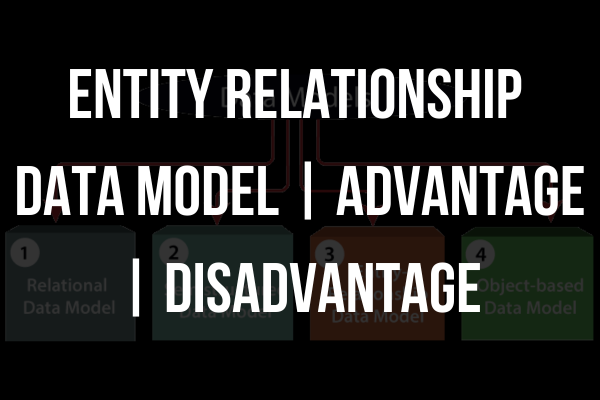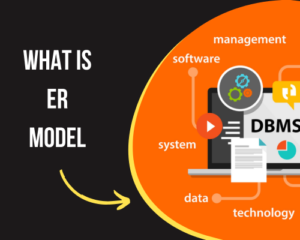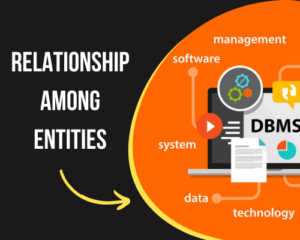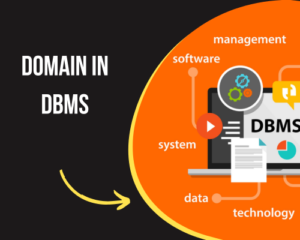Entity Relationship (ER) Data Model | Advantage | Disadvantage

Entity Relationship
The entity relationship data model focuses on representing the relationships between entities. It uses entity-relationship diagrams (ERDs) to visualize and define the entities, attributes, and relationships within a database. This model helps in understanding the overall structure of the data and is widely used in the initial stages of database design. The ER model is often used in conjunction with other data models, such as the relational model.
Advantages of Entity Relationship Data Model:
- Simplified Representation: The ER data model simplifies the representation of complex data structures by utilizing entity-relationship diagrams (ERDs). ERDs provide a visual representation of entities, attributes, and relationships, making it easier to understand the data model and communicate it to stakeholders.
- Clear and Intuitive Relationships: The ER model allows for the clear definition of relationships between entities, such as one-to-one, one-to-many, and many-to-many relationships. This clarity aids in understanding how entities are connected and how data flows between them.
- Conceptual Design: The ER model is well-suited for the initial stages of database design, focusing on the conceptual representation of entities and relationships. It helps in capturing business requirements and translating them into a logical data model, serving as a foundation for the actual database implementation.
- Data Integrity and Consistency: The ER data model enforces data integrity through the use of primary and foreign keys. It ensures that relationships between entities are maintained and that data remains consistent. Referential integrity rules can be defined to enforce constraints and prevent inconsistencies.
- Scalability and Flexibility: The ER model allows for the expansion and modification of the data model as new entities or relationships emerge. It provides a flexible framework for accommodating changes in business requirements and data structures, making it adaptable to evolving needs.
Disadvantages of Entity Relationship Data Model:
- Limited Implementation Details: The ER data model focuses primarily on the conceptual design and does not provide specific implementation details. Translating the ER model into an actual database schema requires additional steps and decisions, such as mapping relationships to tables, defining data types, and optimizing performance.
- Complexity with Large Systems: While the ER model is effective for small to medium-sized systems, it can become complex and challenging to manage in large-scale enterprise systems. As the number of entities and relationships increases, the ER model may become unwieldy and difficult to maintain.
- Lack of Standardization: Although ERDs follow general conventions, there is no standardized notation for creating ER diagrams. Different tools and practitioners may use slightly different representations, which can lead to confusion and inconsistencies when communicating or sharing ER models.
- Ambiguity in Relationships: In certain cases, the interpretation of relationships between entities can be ambiguous or open to interpretation. Fine-tuning the relationship definitions may require additional documentation or clarification to ensure a common understanding among stakeholders.
Conclusion:
The Entity-Relationship (ER) data model provides a powerful and intuitive way to represent entities, attributes, and relationships within a database. It simplifies the conceptual design process, supports data integrity, and allows for scalability and flexibility. However, the ER model has limitations in terms of its level of detail, potential complexity in large systems, lack of standardization, and the need for careful interpretation of relationships. Despite these drawbacks, the ER model remains widely used as an essential tool in the initial stages of database design, providing a solid foundation for building robust and well-structured database systems.


